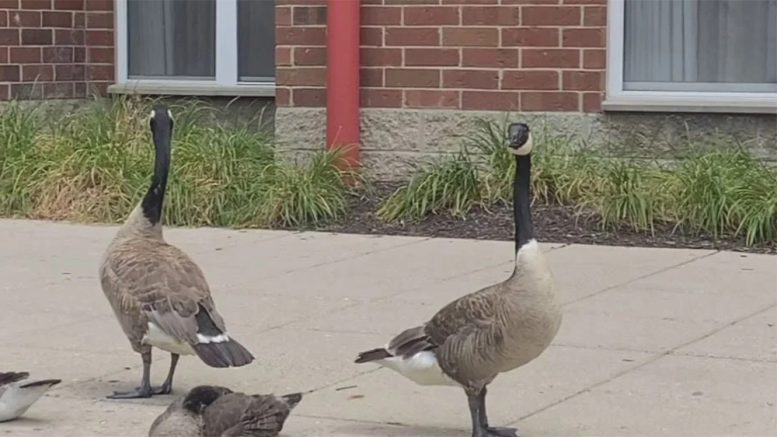By ADAM PINSKER
WISH-TV | wishtv.com
Part of living in Indiana is sharing the road or water with Canada geese.
“Historically, in pre-European settlements, these birds were native to at least the northern two-thirds of Indiana, so these birds were here historically,” said Adam Phelps, a waterfowl biologist with the Indiana Department of Natural Resources.
Canada geese molt in June and July and lose all their feathers at once. They stay safe by traveling in large flocks. They can be aggressive toward humans, especially when defending their young.
“People may be fishing for salmon in Alaska, and a mama bear comes up with her cubs,” Phelps said. “You want to vacate the area because parents are defensive of their young.”
The reason you see these birds in Indiana almost year-round is because they migrate to Indiana from as far north as the Arctic region. Canada geese’s main diet is grass, and they can do damage to turf.
“In terms of water contamination, that’s been looked at quite a bit, it doesn’t appear that’s really an issue,” Phelps said. “It’s difficult to separate animal sources of those contaminants.”
In the early 1960s, the birds were almost extinct, but they have made a comeback. Geese that were tagged in Indiana have been tracked to 40 different states and provinces.
“People should, in my mind, really respect the majesty and success story in terms of what these birds represent,” Phelps said.
It’s a federal offense to physically harm geese. People can chase geese off their property using dogs or making noises.
Landowners and homeowners associations can apply for a federal permit to destroy or remove nuisance geese.

